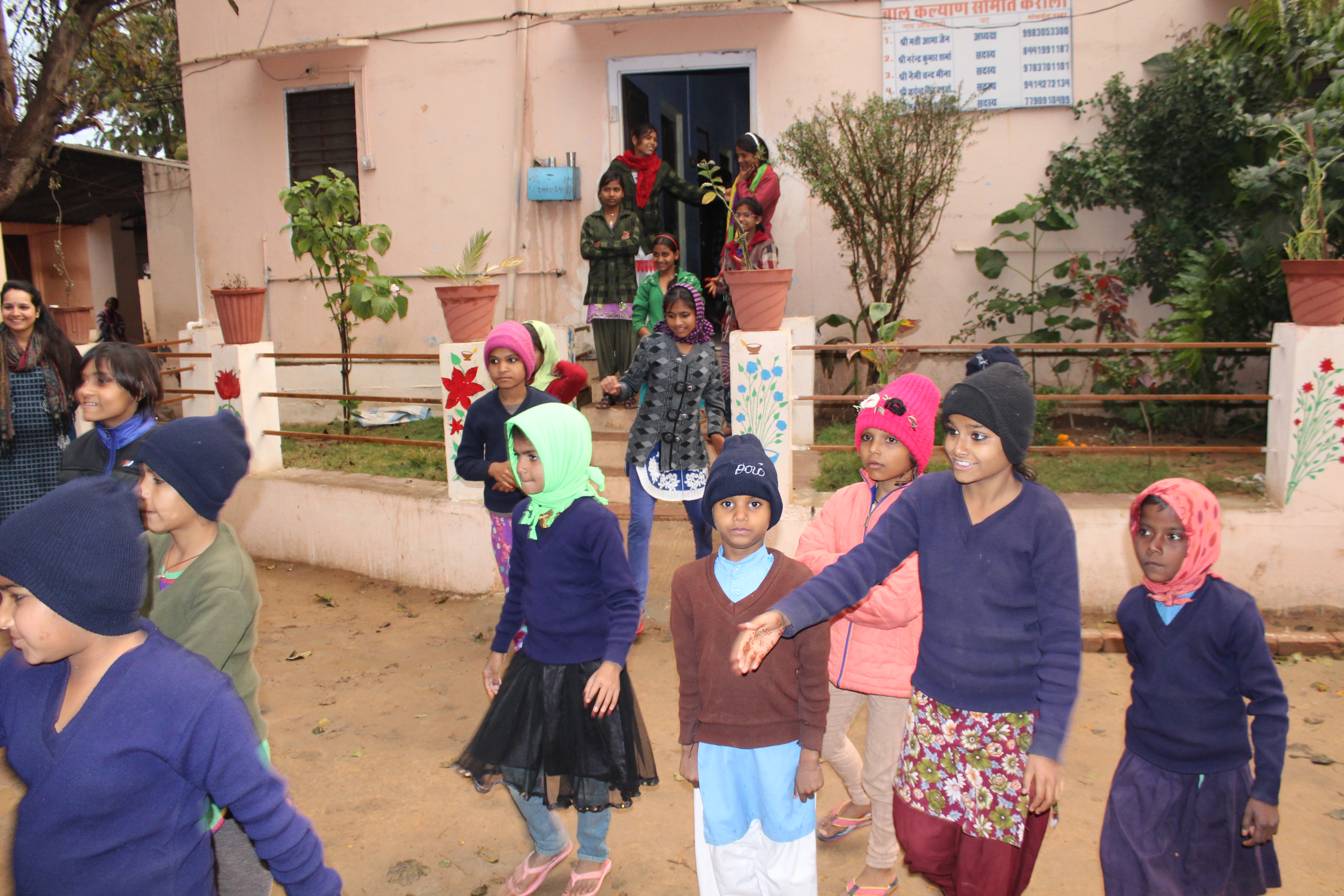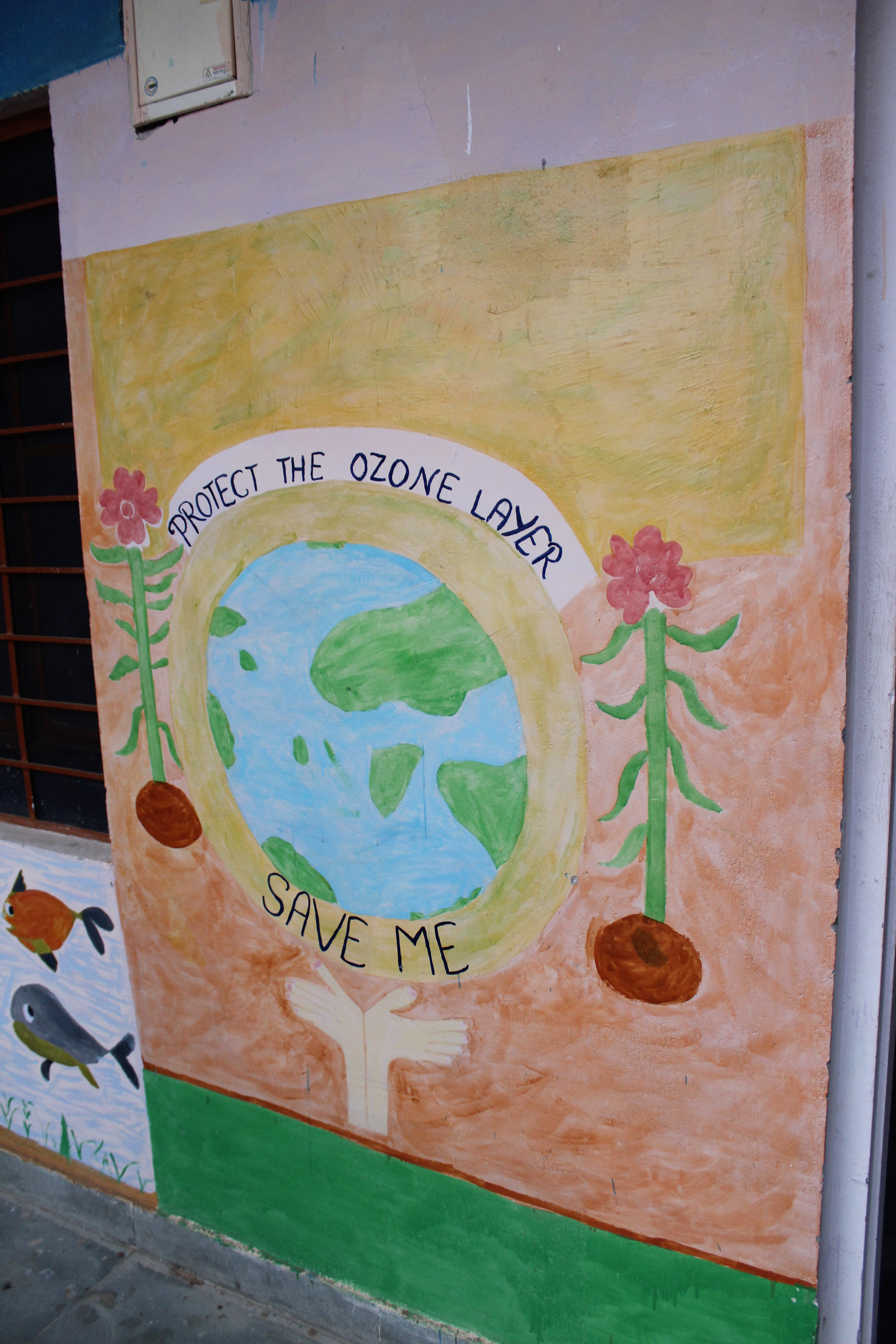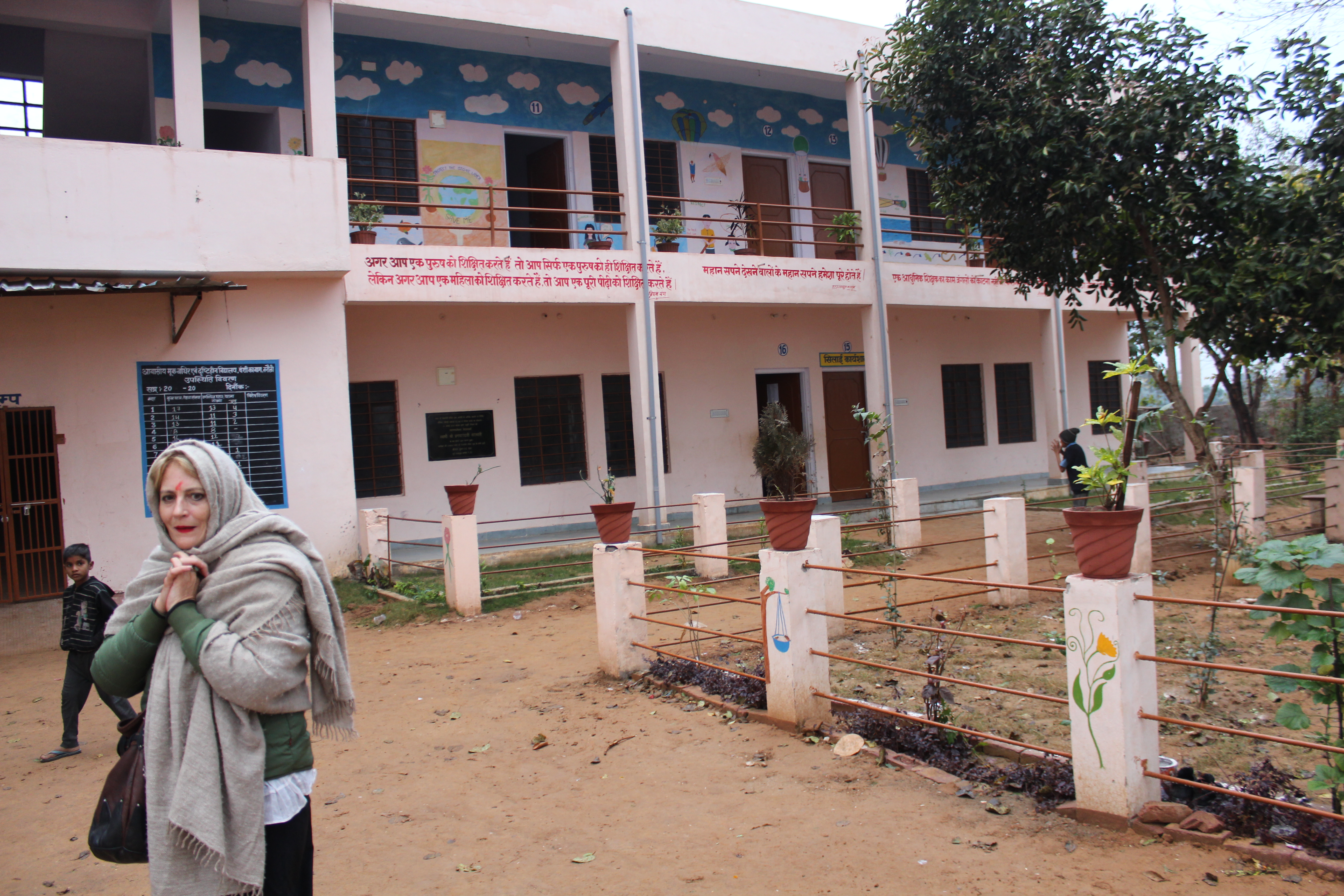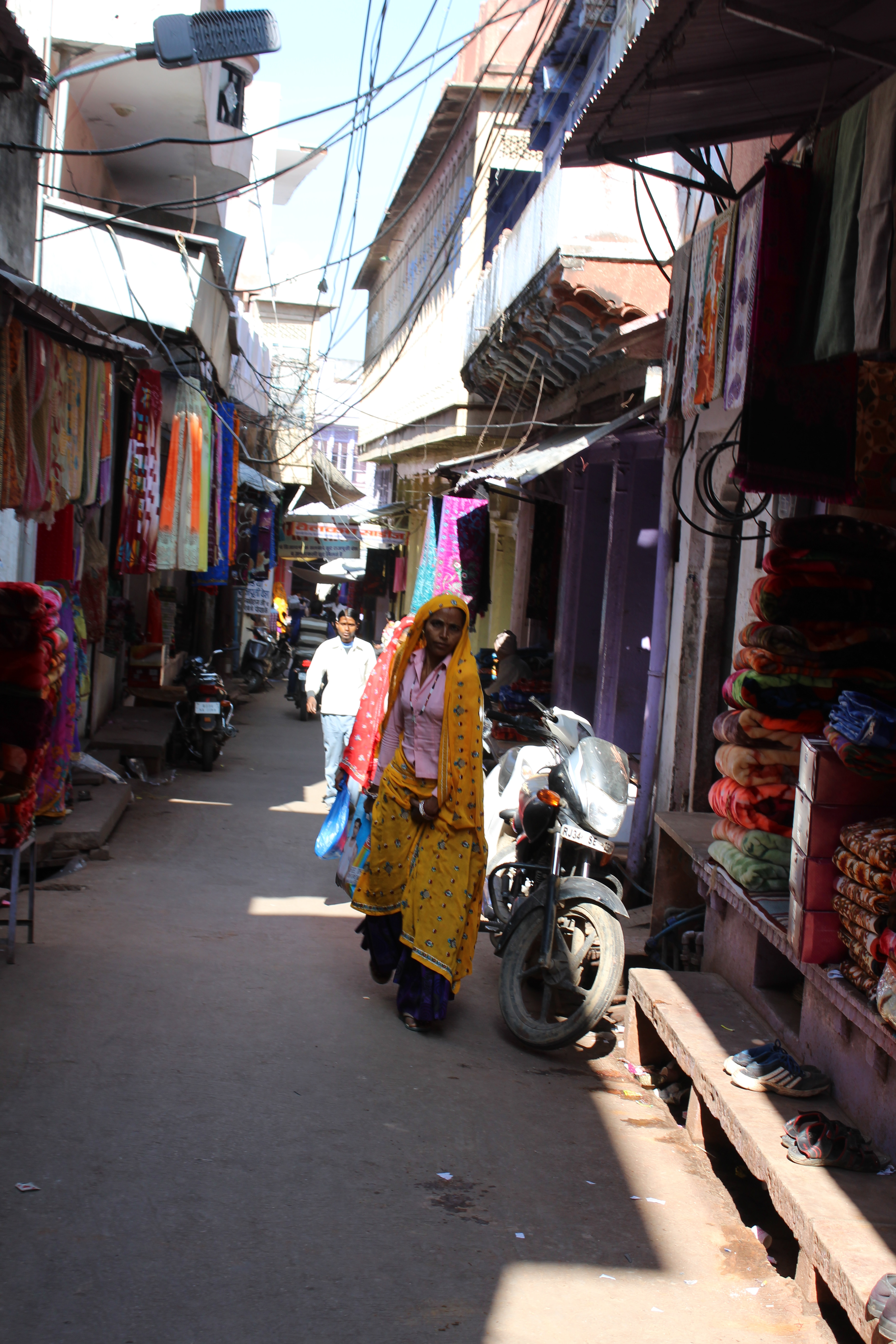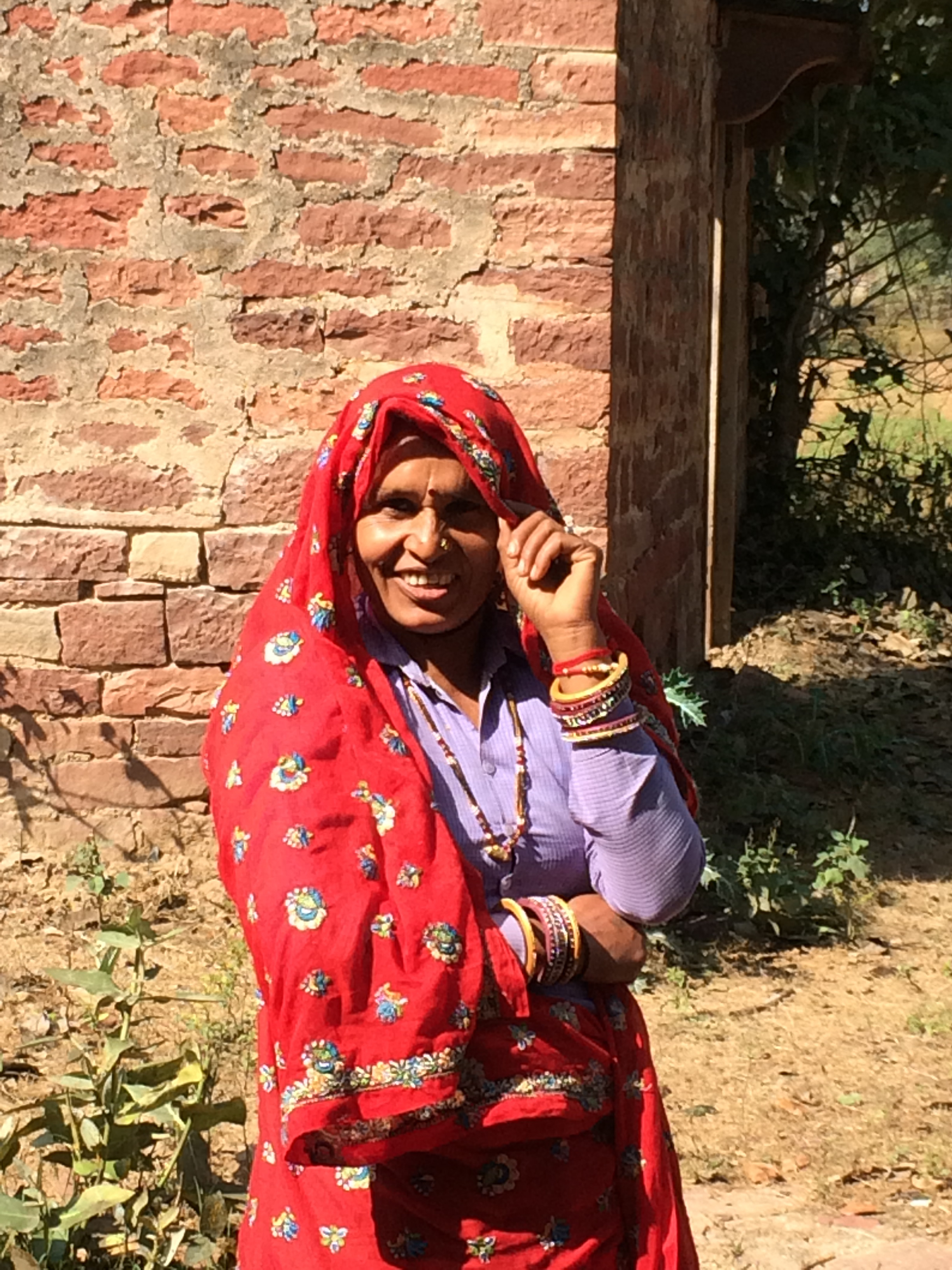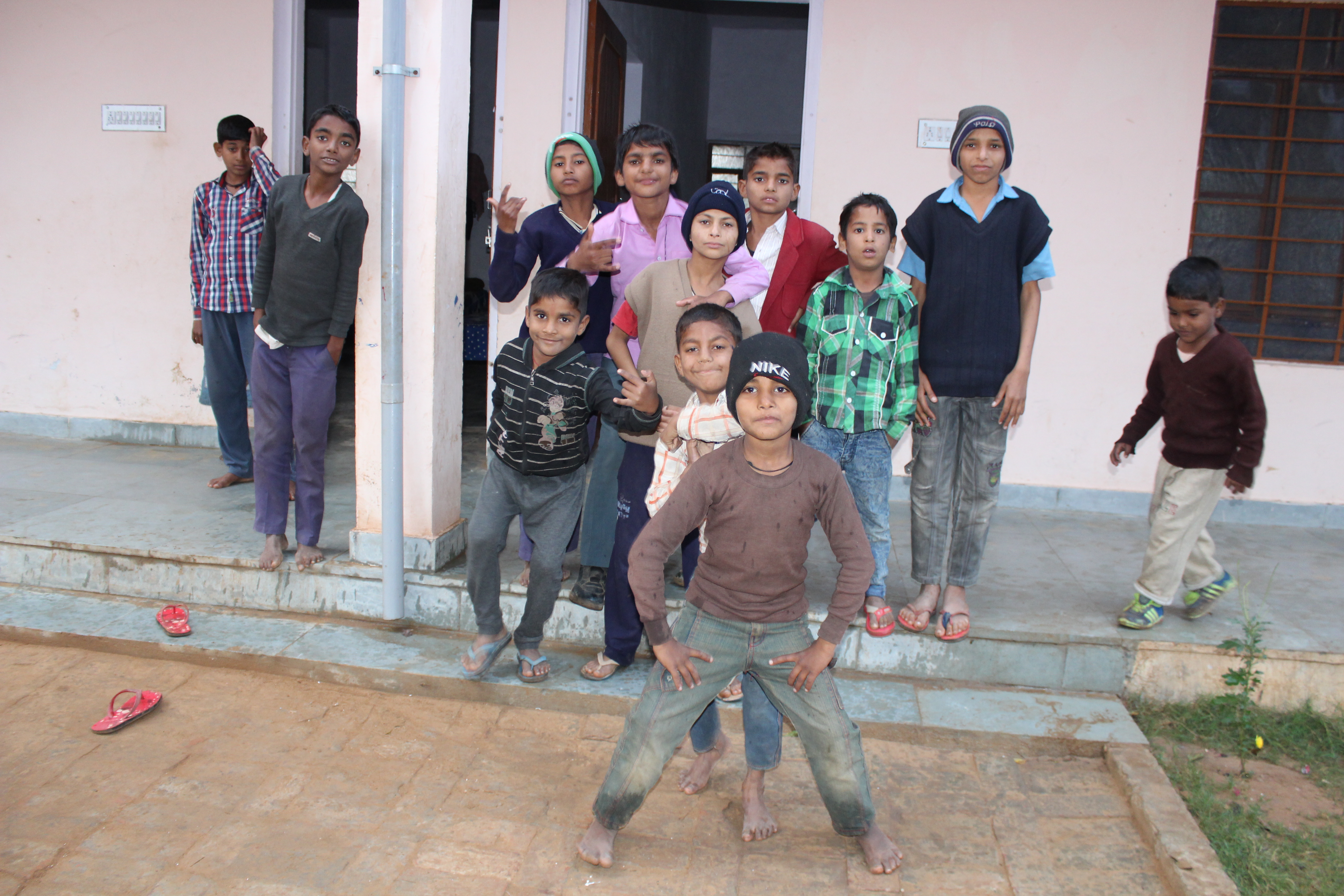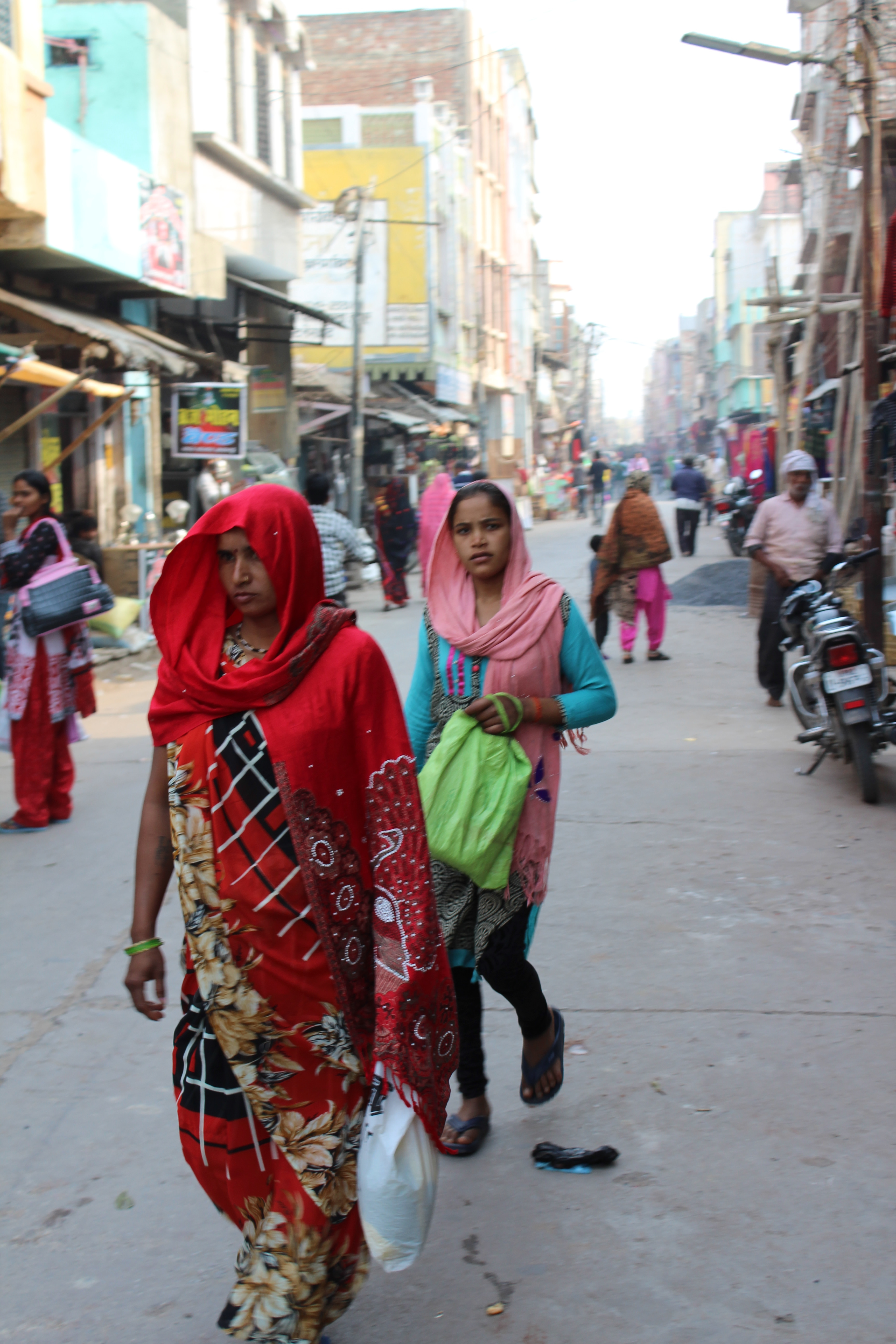School for Deaf Children – Karauli, rural Rajasthan
![]()
Karauli Palace is the ancestral home of the current Royal Highness the Maharaja of Karauli. He and his wife the Maharani support a number of projects, including the Rhantanborg Tiger Conservation initiative, clean water projects, women’s vocational training initiatives and a school for 150 deaf children aged 7-18.
This deaf school has requested the help of volunteers with art skills to work directly with the children. It is hoped that volunteers would teach them art and also create a number of wall murals on the bland walls around the small campus. There is a workshop with welding and woodworking equipment and volunteers with the appropriate skills would be free to use this to create sculptures.
Earning a living as a deaf person in India is difficult. The children moreover are from poor backgrounds and need to earn money to prevent them being a burden on their families. Mastering a skill is therefore particularly important and it is hoped that this project will form a part of the children’s vocational training programme.
Most of the 14 staff speak reasonable English and are all keen to improve through conversation lessons guided by volunteers.
Volunteers would have the privileged positon of being accommodated in private rooms in Karauli Palace. This is a fascinating building run partly as a rather grand hotel and also as the permanent residence of the Maharaja and his family. The rooms are generous with their own bathrooms, managed by the palace staff. The grounds and gardens are expansive and volunteers would have the use of the palace swimming pool.
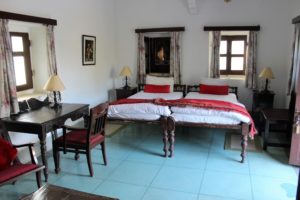

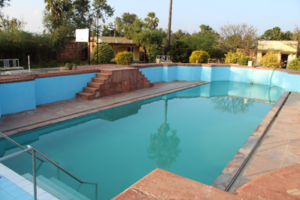
The deaf school is residential with children coming from all over Rajasthan. Being permanently on site means that volunteers can continue their sculptures and art work outside the normal lesson times. In return for living in the palace, the maharaja would like volunteers to help organise the staff in a variety of ways. Domestic work is not needed but most of the staff are uneducated and need constant management. This additional work would almost certainly be interesting, not least of which because it would give volunteers an insight into the workings of a royal palace.
July and August are prohibitively hot and coincide with the monsoon rains. These last for an hour or so each day and have normally finished by September. The ideal time to participate in the project would be between October and May, for a minimum of two weeks.
- Minimum duration: 2 weeks
- Maximum duration: 6 weeks
For further details, see our India country page. Then simply contact us or complete the application form.


